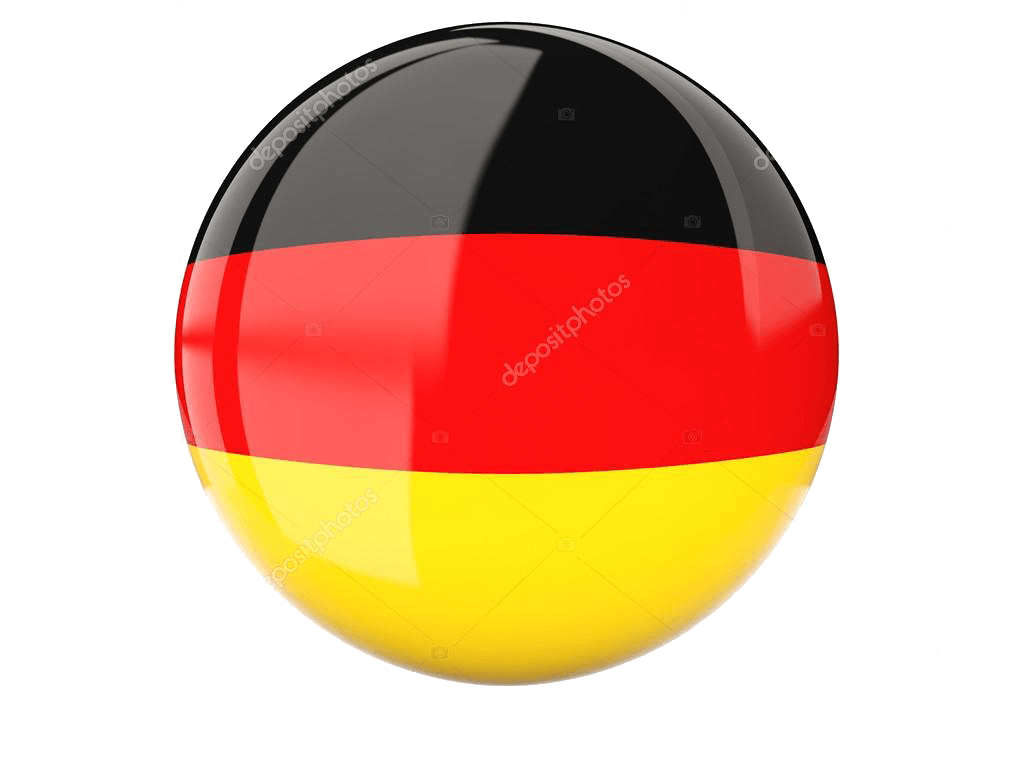Wine selection
The selection
For those of us who are neophytes on the subject of wine, a question arises, what wine to choose?
The options are many and not having references can make it difficult to buy a good wine.
Although they can tell you that the wines in Spain are all good and it is difficult to determine which wine is bad, we need to know some things that are basic for your choice.
Considerations
Read the label first On the label you can tell a lot about the wine you are going to buy. Although it does not have the same order, it must contain the following elements.
- The name or trademark and generally it is the name of the winery although sometimes wineries make wines to which they give names that convey certain characteristics.
- Wine grape variety: Garnacha, early, gedello ...
- Method of production: Fermentation, aging, aging ...
- Pictogram with presence of allergens : sulphites.
- Denomination of Origin DO. It is a geographical indication of its origin and that guarantees its quality.
- Sugar content (for those where it is not mandatory)
- Sign of the EC (European Community)
- Vintage or Harvest. Here it is put when it was harvested and accompanied by aging or time in the barrel or in the bottle.
- The winery or bottler: name, record, location ...
- The alcoholic graduation that are around the 14º and 11º for the youngest.
- Quantity in general is 750 ml although there are formats such as the 1.5 l magnum.
- The tasting and the pairing or the author's note.
The wines rest in barrels for a certain time, which gives them age.
Depending on your aging, you will find that they are usually classified as:Young, Oak, Crianza, Reserva, Gran Reserva ...
YOUTHS
As a general rule, they have little or no stay in oak barrels, always looking for primary aromas that come from the grape and fermentation.
The wines
youths They are those that have not undergone any aging process, which means that after fermentation they go to bottling and ready for consumption. Its flavor is fresh and fruity and intense (hard, astringent).
The degree of Alcohol is lower.
They are recommended to consume during the year and better two years, for example in 2019 you should drink 2018 and 2017.
The younger the wines, the lower their price.
they can be white, pink or red.
The most recommended pairings for white wines: Very light appetizers or starters.
More serious young white wines, of greater substance (of noble varieties): White fish, Seafood, fresh cheeses, salads, some mousses.
Rosé Wines: Vegetables, pasta, rice, soft cheeses, tortillas, fruit salad.
Young Red Wines: Delicatessen, semi-cured cheeses, blue fish, some white meats, even roasted red ones, such as kid or lamb. It admits mushrooms and dishes of salted cod, and in general fish in sauce.
OAK OR SEMICRIANZA
When you find that the bottle says Oak (This is how Ribera del Duero called them, where this category was born) o Semi-aging These are wines that have spent a time of less than 3-6-9 months per barrel, the longer in the barrel the more aging will seem and less like an oak.
They are not considered aging but their life span is a bit longer than the young ones, so they can have a touch of wood flavor, which makes them more drinkable and a little more complex.
This is the wine that is recommended for different times and has the versatility to pair with food, it comes in handy as an aperitif, to relax or unwind and watch a movie.
Obviously the price is lower, but it does not necessarily have to be cheap or expensive to determine its quality, so it is a high quality wine without having to pay too much.
The most recommended pairings are:
In the case of Cavas that are only a few months old, it is a great wild card for all meals.
RESERVATION AND GRAND RESERVATION
The Reserve
It depends on the regulations of the different regulatory councils, but normally we would be talking about 24 months in the barrel and the same time in the bottle.
More and more wineries are giving up labeling their wines as young, crianza or reserva because they give priority to the times that the wine needs and not to the times established by law.
The wines Great Reservation, They are wines aged between 8 and 10 years and Gran Reserva up to 15 years, and it is applicable for both white and red wines.
In certain areas of very strong and weather-resistant wines (Priorato, Ribera de Duero) and in certain especially good years, the periods of good conservation can be lengthened.
As a general rule, great real wines can be kept from 25 to 50 years, but very few pass this test and this under optimal conditions of temperature and humidity, and changing the cork (before a notary if possible) every 20 years.
"Never drink an expensive bottle from many years ago that did not come directly from the cellar."
The most recommended pairings are:
For the Reds: More subtle and elaborate game dishes and stews. With high purity cocoa chocolate, a delight!
THE GENEROUS: FINE, CHAMOMILE, AMONTILLADO, STICK CUT, SMELLY.
Fortified Wines can be from 1 to 25 years old.
They are dry wines with a maximum residual sugar of 5gr. per liter. The Generous Wines. Its production process includes a complete fermentation of the musts -usually Palomino grapes- at the end of which the veil of "flower" yeast appears in the base wine.
The winemaker's decision to fortify the base wine either at 15º or above 17º of alcohol will determine the type of aging the wine will subsequently undergo. From there the different types of Sherry Wine emerge.
The Finos They are pale with a straw yellow color, their aroma is pungent and delicate in which floral aromas such as chamomile or chamomile are denoted, with a touch of wild almond and freshly baked bread.
Most of these differentiating characters are given by its aging under "flower veil", which are yeasts that interact with the wine. It is important to remember that the grape used in Jerez for fine wines is called Palomino Fino.
The most recommended pairings are:
It is a world-renowned aperitif, it goes very well for salads, rice dishes and seafood. It should be served very, very cold in a tall glass of fine crystal, that is ideal. It can be combined with the famous "rebujito" (fine soda) when the heat is on.
The Chamomiles , its flavor is dry, fresh and delicate; It passes through the mouth in a soft and light way, although at the end it is dry, with some acidity, freshness and slightly bitter.
The older it is, it becomes more complex and more structured, with the sharp and intense character of biological aging.
The most recommended pairings are:
It is an aperitif, but it goes very well with types of tapas, especially with seafood such as shellfish; Prawns, prawns or crayfish, even salads and pickled anchovies are excellent companions to chamomile due to their low acidity and freshness. It also goes well with the frying of fish, salmorejos, gazpacho, seafood rice and white fish that counteracts the fatty touches.
Fish with salt or on the back is also very well appreciated, allowing us to contrast its flavor.
Highly recommended for Fruit desserts, cakes with nuts and pastry cream. Foie and patés.
Types of chamomiles: SOLEAR from San Lucar, Fine, fresh and full of character, emblematic.
THE TWINE Jeréz with the best value for money on the market.
SUN IN RAMA , bottled without filtering or stabilizing, it is one of the jewels of Barbadillo. It is extracted punctually from the boots four times a year, coinciding with the seasons; in which their organoleptic qualities differ, although they are always fine, delicate, fragile and tremendously seductive wines.
PAST PASTRANA It is a chamomile subject to a more extensive aging, made from palomino strains. Tasty, intense, with rich saline nuances, it is bottled on the vine, that is, without filtering or stabilizing.
SACRISTY AB SELECTION Antonio Barbadillo signs this truly luxurious manzanilla, a selection of old soleras, chosen one by one, of which only 150 magnums have been bottled in a single bag in 2013. Scarce, eccentric… and very expensive!
What is important is that they are kept at an adequate and stable temperature, in some establishments they have them near the boxes and the entrance, which is not a problem for other liquors, but for the wines the change in temperature alters their quality.














